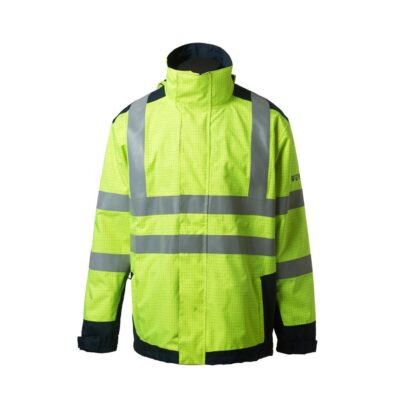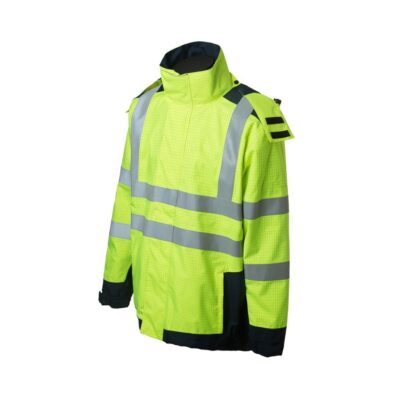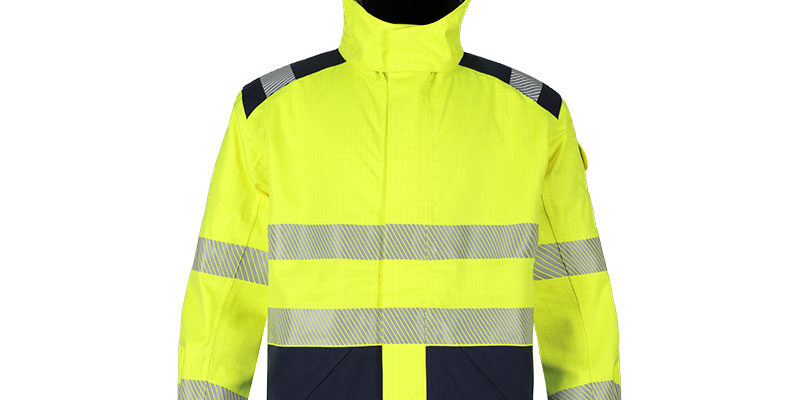Cold-Weather Work Jackets: Insulation, Shells, and Layering Strategy
Introduction: Beyond Warmth in Workwear
In industries where employees spend long hours outdoors—such as construction, logistics, oil & gas, and utilities—cold-weather protection is not a luxury but a necessity. Choosing the right work jackets is essential for maintaining productivity, safety, and worker morale.
For procurement managers, the challenge lies in balancing insulation, shell performance, and layering strategy to create cost-efficient programs that suit different climates and job functions.
🧥 Insulation: The Core of Warmth
Insulation determines how effectively a jacket retains body heat. There are two primary categories:
-
❄️ Synthetic Insulation (Polyester Fill):
-
Lightweight, quick-drying, and resistant to moisture.
-
Cost-effective for large-scale uniform programs.
-
-
🦆 Down Insulation:
-
Exceptional warmth-to-weight ratio.
-
Less ideal in damp or industrial settings due to moisture sensitivity.
-
Tip for buyers: Synthetic insulation is the most common choice in industrial workwear, as it balances warmth, durability, and cost efficiency.
🛡️ Shell Fabrics: Protection Against the Elements
A jacket’s shell serves as the first line of defense against wind, rain, and snow.
Common shell options include:
-
🌧️ Waterproof/Breathable Shells: Ideal for outdoor workers exposed to frequent rain.
-
🌬️ Windproof Shells: Provide critical protection in open construction or port sites.
-
💪 Abrasion-Resistant Shells: Reinforced shells for heavy-duty industries where jackets face rough surfaces.
Shell quality impacts both worker comfort and replacement cycles, making it a key consideration for B2B procurement.
🧩 Layering Strategy: Flexibility in All Conditions
No single jacket can meet all climate conditions. That’s where layering comes in. A well-designed program provides employees with:
-
👕 Base Layer: Moisture-wicking shirts to keep skin dry.
-
🧥 Mid Layer: Fleece or insulated vests to trap heat.
-
🛡️ Outer Shell: Protective jackets for wind and weather.
This system ensures comfort across changing conditions, reducing the need for multiple heavy garments and lowering overall procurement costs.
📊 Comparing Jacket Features
| Feature | Synthetic Insulation | Down Insulation | Shell Fabrics |
|---|---|---|---|
| Warmth | ⭐⭐⭐⭐ | ⭐⭐⭐⭐⭐ | Variable |
| Moisture Resistance | ⭐⭐⭐⭐ | ⭐ | High |
| Durability | ⭐⭐⭐⭐ | ⭐⭐⭐ | ⭐⭐⭐⭐ |
| Cost Efficiency | High | Moderate-High | Varies |
| Ideal Use | Industrial, logistics | Extreme cold | Outdoor jobs |
🔑 Considerations for Procurement Managers
When building a cold-weather uniform program, buyers should evaluate:
-
🌍 Climate Zones: Cold and wet regions require layered systems with waterproof shells.
-
🧑🤝🧑 Worker Roles: Outdoor staff need more insulation than warehouse employees.
-
💰 Budget Control: Synthetic insulated jackets offer strong ROI for large fleets.
-
👔 Branding: Jackets can be customized with company logos, reflective strips, and color schemes.
🌐 Partnering with Trusted Suppliers
Selecting the right jacket is only half the battle—the manufacturer’s expertise ensures quality and compliance. For multi-category sourcing, experienced Workwear Manufacturers can streamline procurement across uniforms and protective garments.
When visibility and safety are critical in cold climates, partner with specialized Reflective Jacket Manufacturers to integrate insulation with high-visibility compliance.
Conclusion: Jackets as Strategic Workwear Investments
Cold-weather jackets are more than just clothing—they’re part of a safety and productivity strategy. By carefully evaluating insulation types, shell durability, and layering systems, procurement teams can provide workers with garments that perform across conditions while ensuring cost efficiency.
🔎 A thoughtful cold-weather workwear program means fewer replacements, safer teams, and stronger brand presence in the field.





















